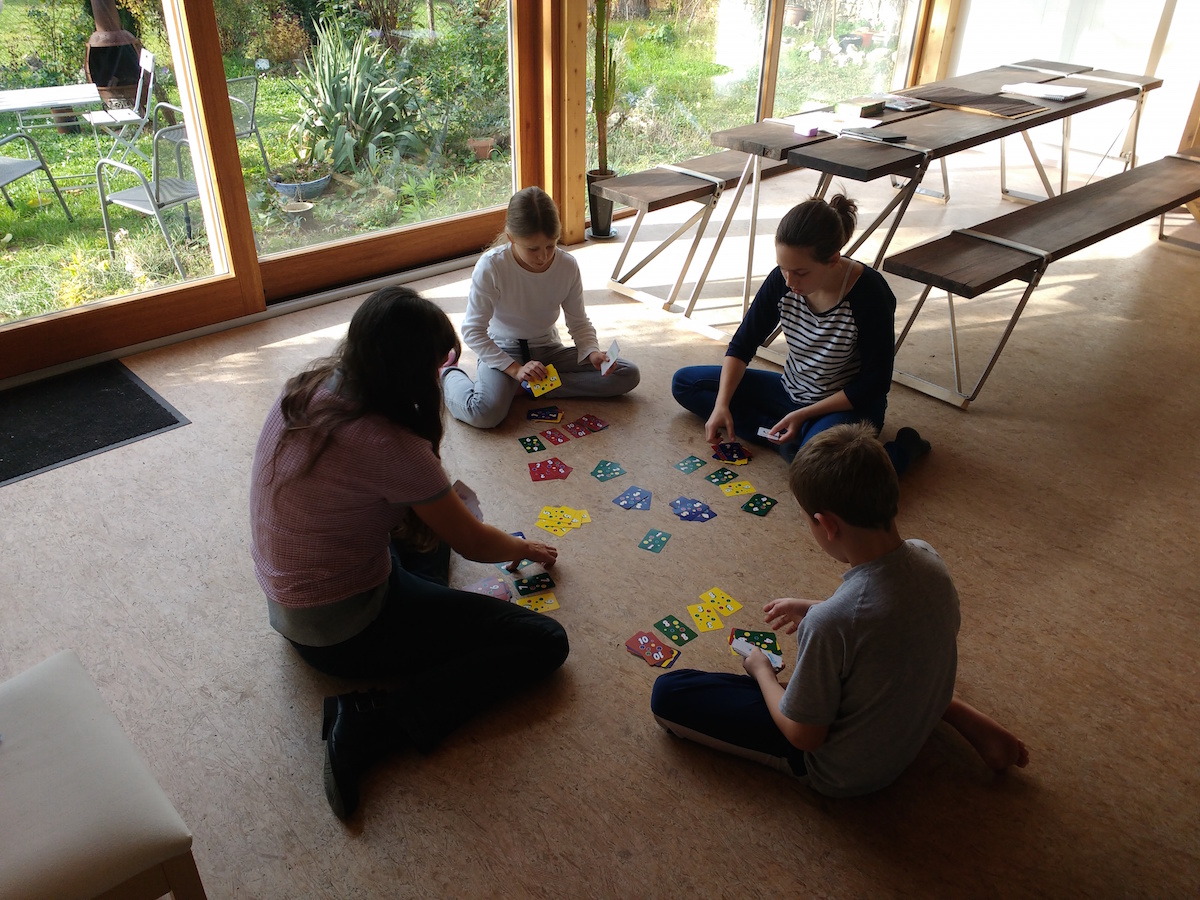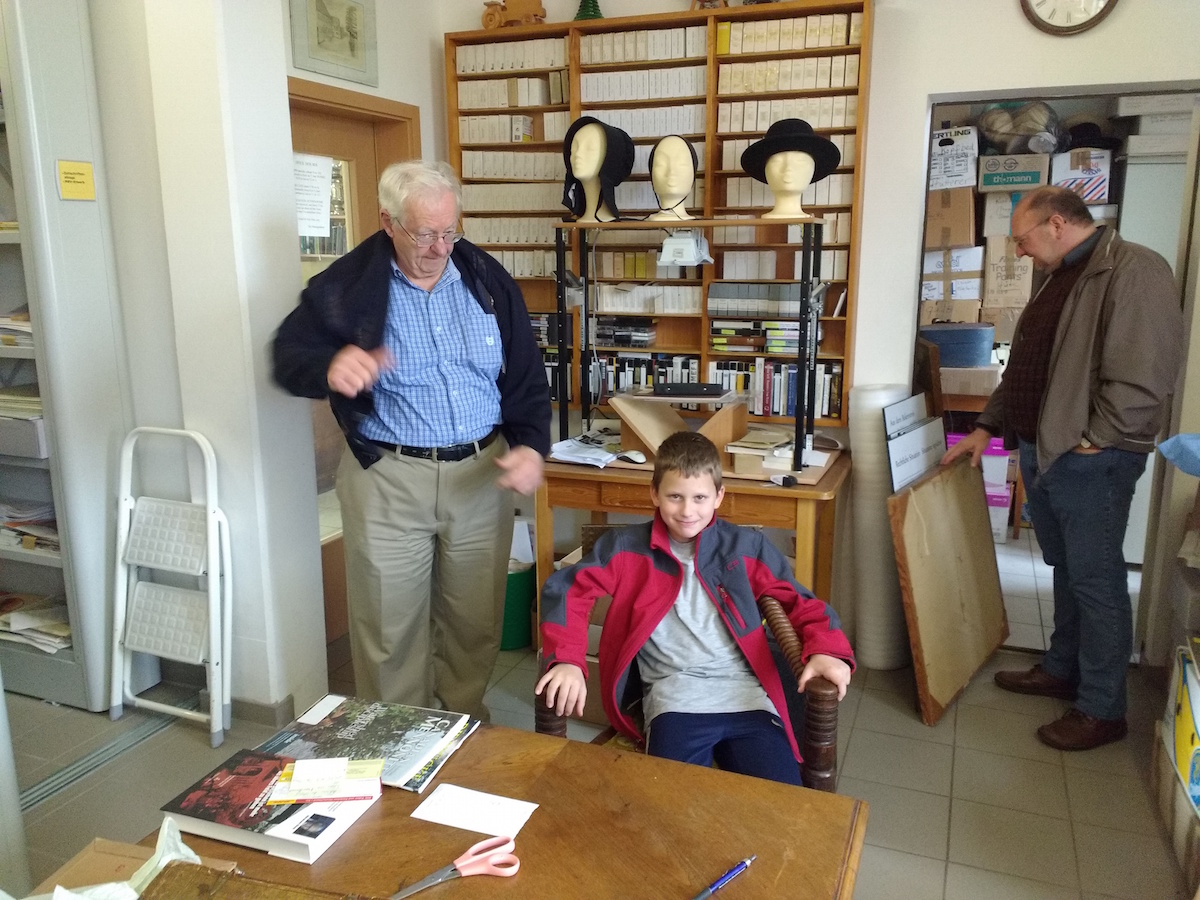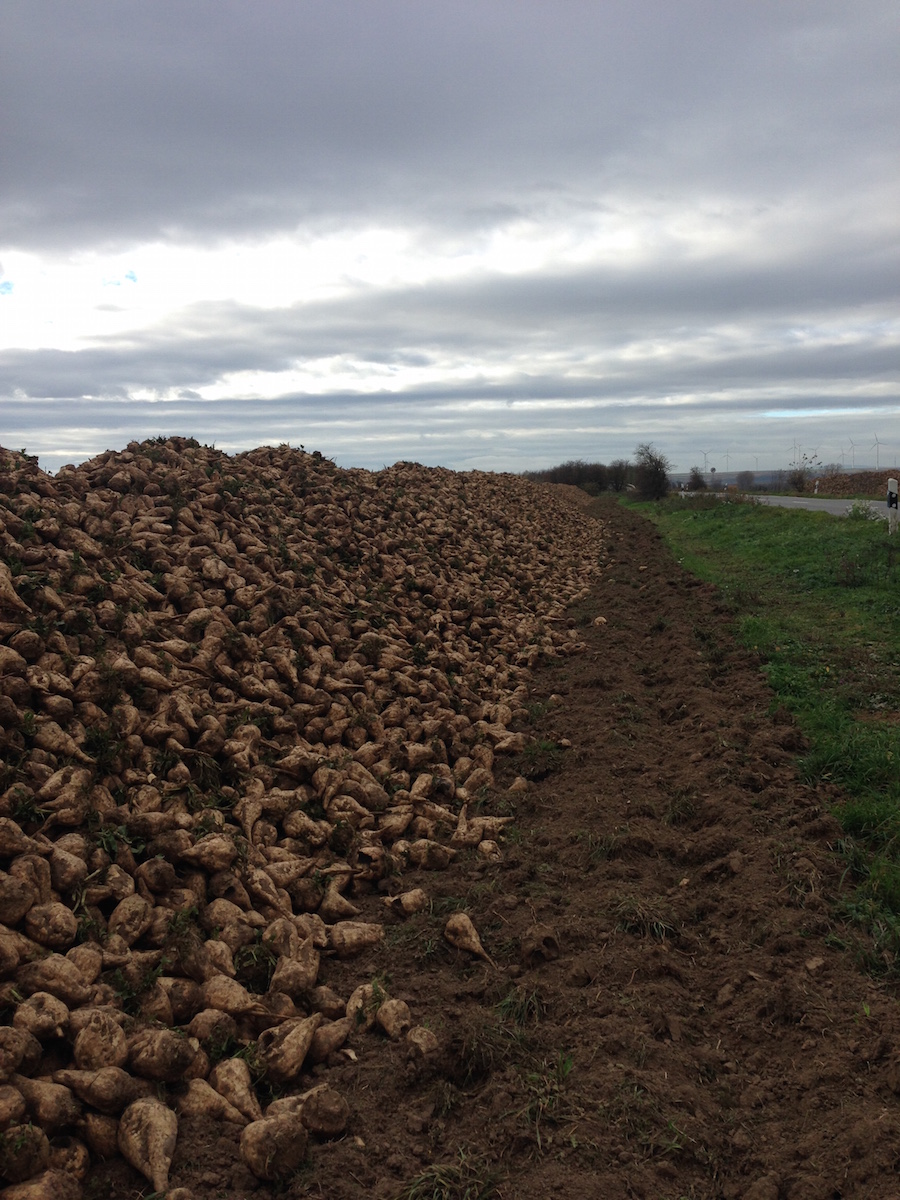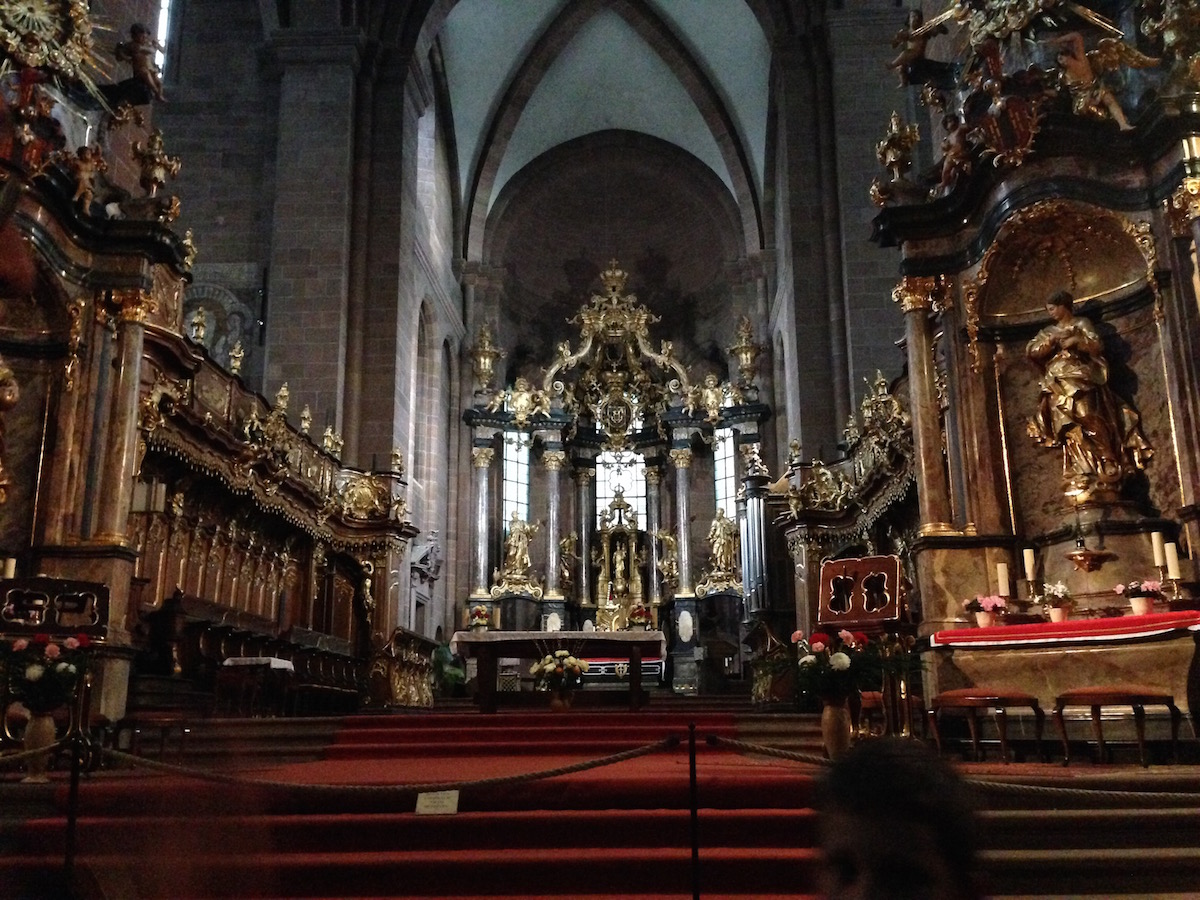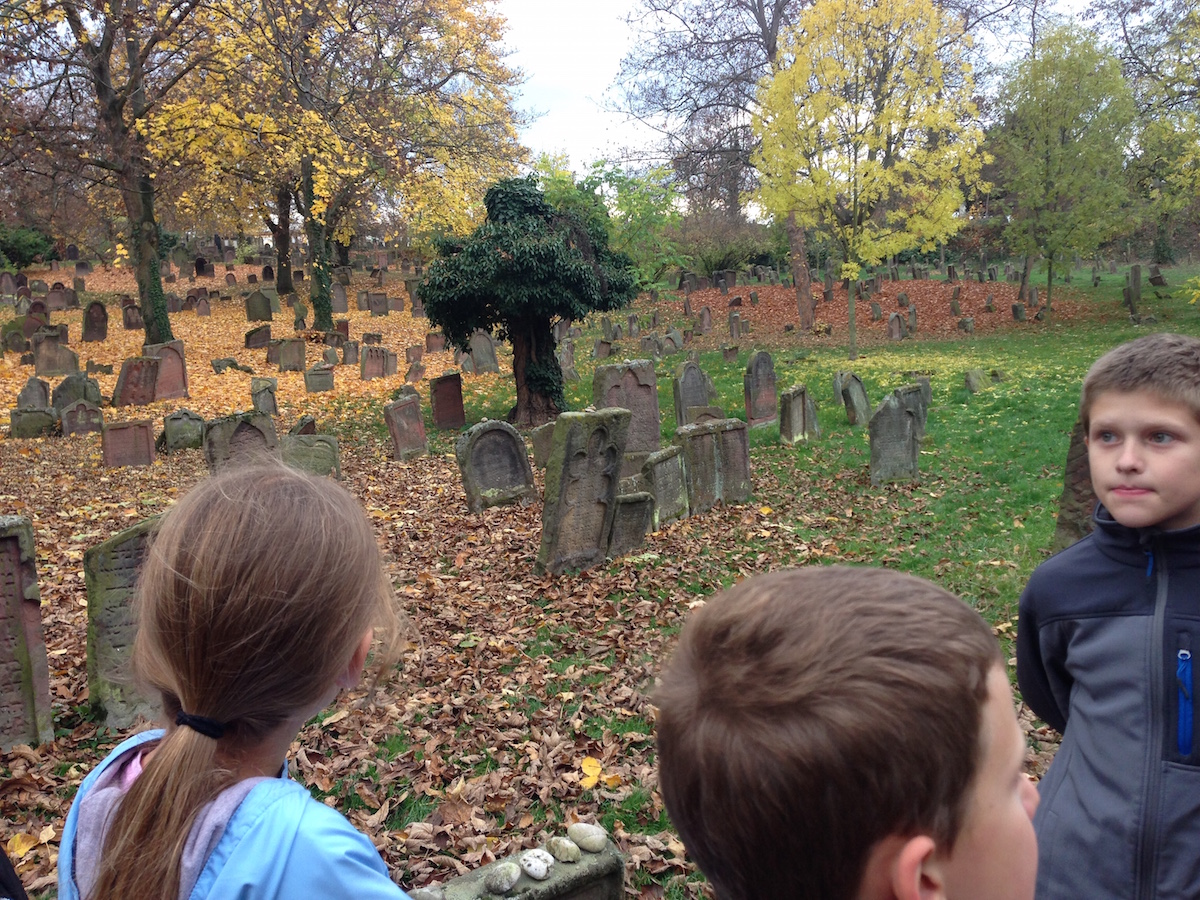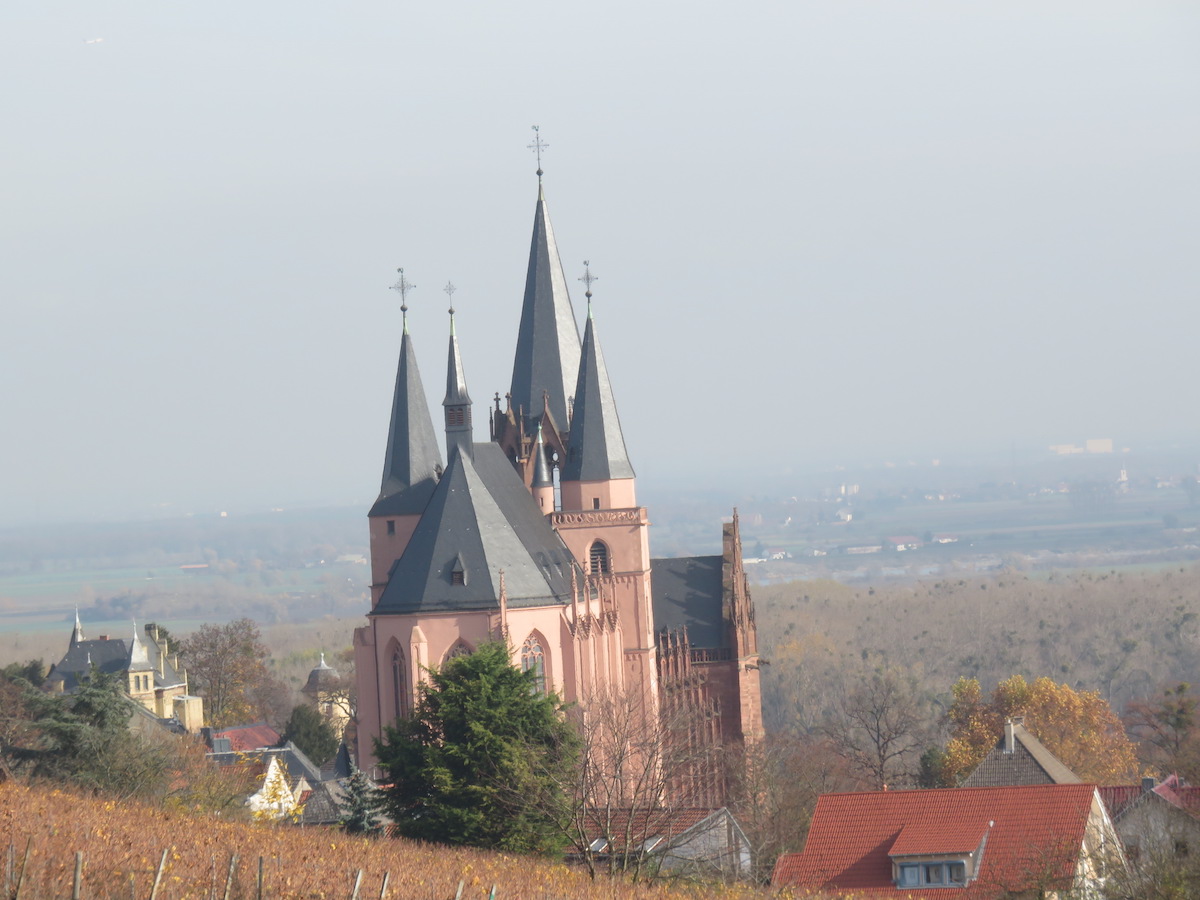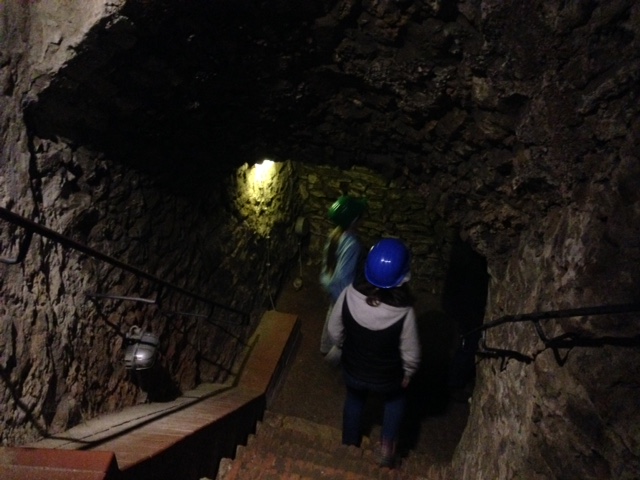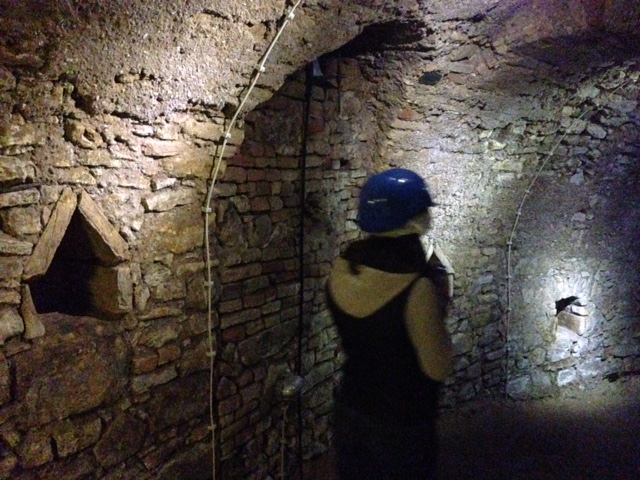A taste of Germany
We are in Germany. Saturday we settled in our little home. It has plenty of games and space to play. There is a secret space behind a bookcase that we call "The Secret Annex" after what Anne Frank called their hiding place behind a bookcase. Sunday we went to church where a pastor that preached at our church during MWC is pastor. In the afternoon we visited the Schmidt's. We had a fun afternoon playing and talking. Monday we stayed home and had family time.
Tuesday Rainer Burkart spent the day showing us around Worms. We met him at The Mennonite 'research center'' in Weierhof and we stayed there while one of the volunteers showed us around and talked about Menno Simon's time, the time of the Reformation. We were on our way to Worms when we drove by a huge pile of what looked like turnips. Rainer said they are sugar beets, one of the major cash crops in Germany.
We got to Worms and ate lunch. I tried Schnitzel (although not veal but pork) fries and spezi (a mix of Coke and lemonade). After lunch we went to one of the oldest Jewish cemetery in Europe and walked through it.
We also went to Worms Cathedral, one of a string of cathedrals along the Rhine River in Germany. It had a small basement filled with stone sarcophagi of bishops, lords and knights. The last thing we did was go to the Luther Monument where he talked about friends and helpers of Martin Luther.
Wednesday we went to the Gutenberg Museum in Mainz. It showed different printing presses and some Gutenberg bibles and it had a demonstration on how the Gutenberg press worked.
Thursday was spent in Oppenheim. It has a magnificent cathedral and a labyrinth under the old town. We first explored Saint Katherine's Cathedral. It was big and the smallest sound could be heard from anywhere in the church. We still had time before we could go into the labyrinth so we got ice cream cones.
The labyrinth is in two parts, the first labyrinth and the second labyrinth which is below the first. We only went in the first labyrinth. It was made for storage of wine and trade goods. It was built in the topsoil that was very stable as long as it was dry and it was built so that wind could go through it to keep it dry. At the deepest, the first labyrinth is about 30 meters down. In WWll walls were put in and each room was a family bomb shelter accessed from the homes above. But with the walls, the wind could not get to some places and there are still times when a 'lost' chamber will cave in because of dampness. The second labyrinth was built for defense. During the 30 years war, down in the cellars you might have enemy soldiers pursuing you in the labyrinth and you could quick run in and the enemy would most likely not find you in the dark maze.

